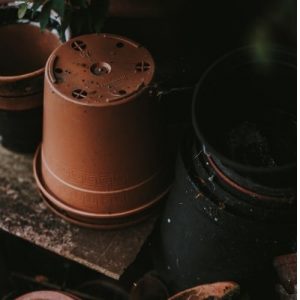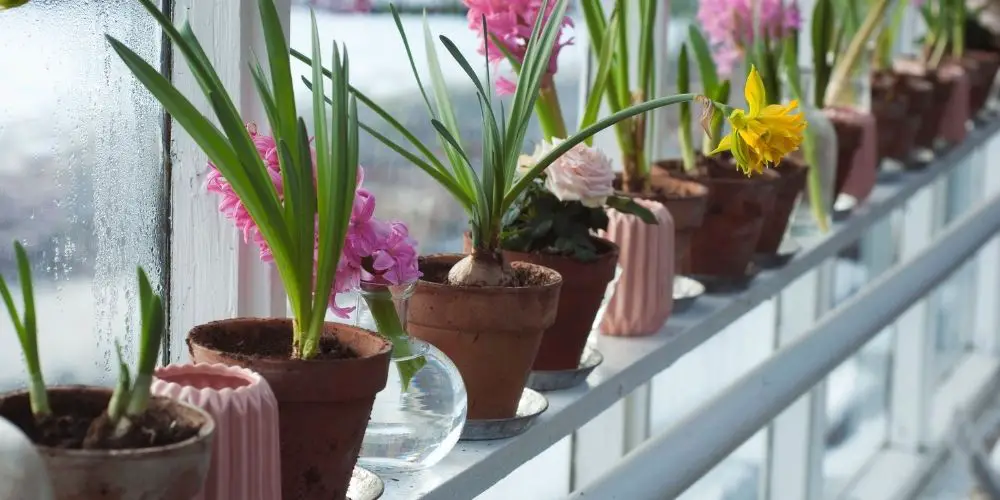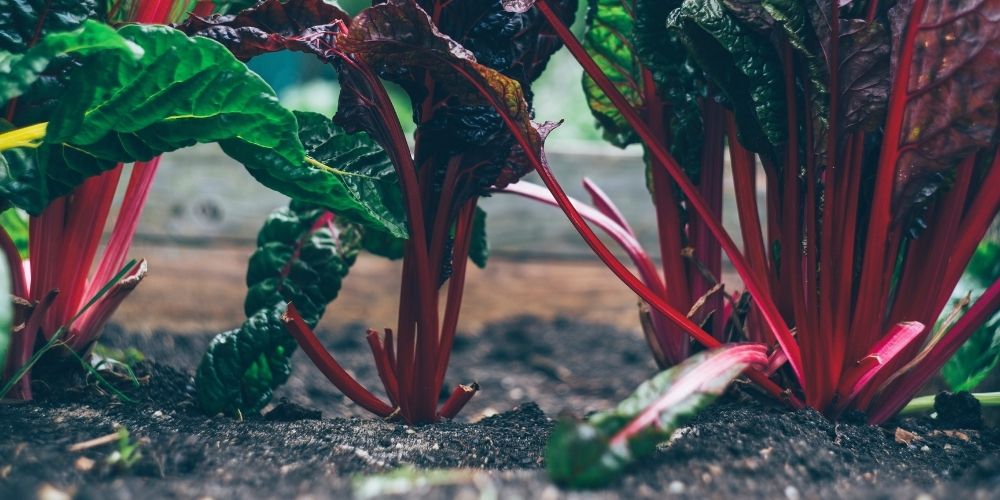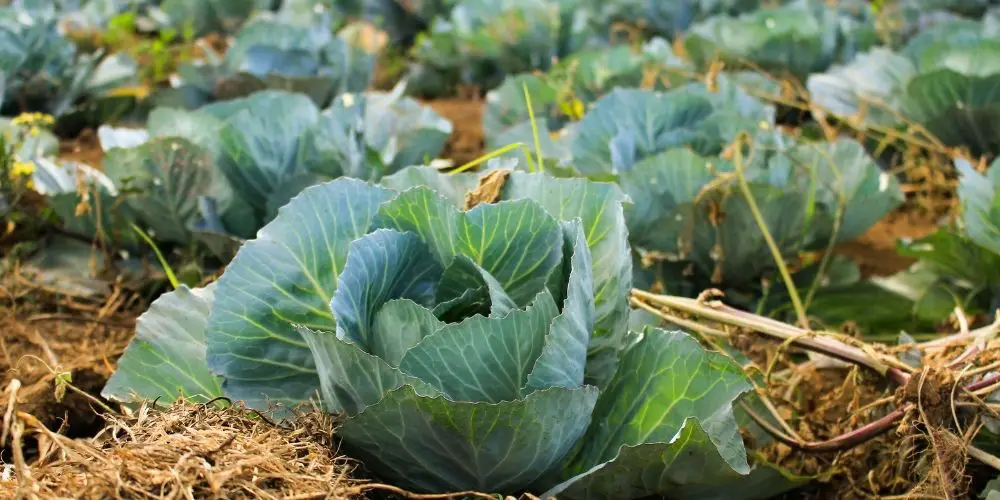When we think of plant care, the most obvious responsibilities are to make sure that your plant has sufficient sunlight and water. However, another important feature for your plant to be as healthy as possible is drainage holes. There are many benefits to having drainage holes for your plant, the most obvious being the ability to allow water to drain through the soil, but what are the reasons your plant needs them? In this article, we’ll break down the most important benefits to drainage holes and what they can do for your plants.
The Main Benefits of Drainage Holes
As we mentioned earlier, the most obvious reason for having drainage holes is to allow water to pass through the soil, therefore assuring the plants don’t get overfed, but what are some other characteristics of drainage holes that promote the best health for your plants?
Another thing that drainage holes offer is sufficient airflow for the plants, keeping them healthy and well-fed. Drainage holes also operate as a sort of filer, flushing excessive salts from the soil.
All these purposes are essential to a plant’s growth and maturity, with drainage holes, you assure your plants are getting the right amount of water and airflow all the time.
Overwatering: The Most Common Killer Of Plants

When we look at what most often kills plants, it’s usually overwatering that is the culprit. Overwatering can be easy depending on the plant, considering all plants are different.
Drainage holes offer a solution to overwatering by allowing the plants to get rid of any extra water that might be too much for the plant.
Even though water is essential to a plant’s life, too much of anything can be a bad thing, and drainage holes are the solution to water moderation for your plant.
How Drainage Holes Act as a Natural Filter For Your Plants’ Soil
While drainage holes can offer the ability to release extra water from the soil, they also offer the ability to flush out any salts that might be retained in the soil.
These two benefits both go hand and hand, here’s how. When the excess water is drained through the drainage holes, it flushes out any unwanted minerals with it, all the needed minerals are retained by the plants, contributing to a more balanced diet for your plant.
- How you can easily support your Tomato Plants [Cages, stakes, trellis]
- The 8 Things You Can do for your Garden in the Winter
- 4 Things you can do for your Garden in the Fall
Conclusion
What we can see from this is that drainage holes play a big part in the regulation of your plants’ nutritional intake. Drainage holes moderate the amount of minerals and water your plants receive to assure their diet is well balanced. This, of course, plays a vital role in the overall health of your plant.
So the next time you’re out shopping for pots, remember, the best way to assure your plants’ wellness and nutritional health is to get pots with sufficient drainage holes. Another thing worth mentioning is, make sure your drainage holes are relevant to the size of your plant, naturally, if a plant is bigger it’s going to need more water, but make sure the drainage holes are still big enough so the plant doesn’t retain too much water.
The same goes in vice versa, make sure if you’re getting a smaller plant, to keep the size of the drainage holes relative to the size of the plant to avoid any possible overfeeding. Doing this will assure that your plant stays healthy and well-fed.















